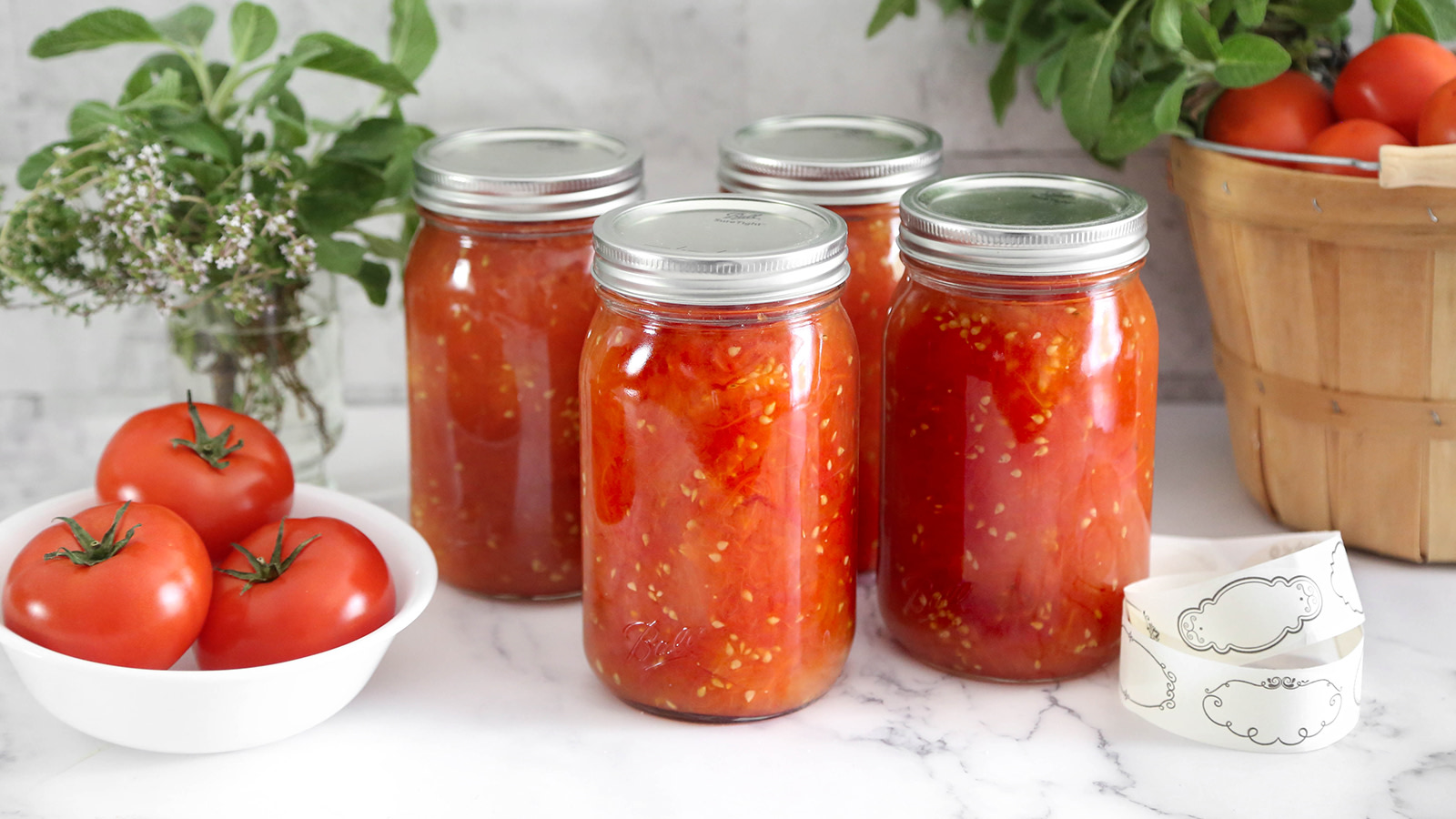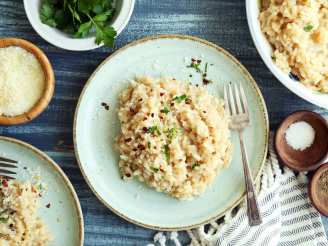Salt-Rising Bread

- Ready In:
- 30hrs 45mins
- Ingredients:
- 11
- Yields:
-
3 loaves
ingredients
-
Starter
- 2 medium potatoes
- 4 cups boiling-hot water
- 1⁄4 cup stone-ground cornmeal
- 2 tablespoons sugar
- 1 teaspoon salt
-
Sponge
- 1 1⁄2 cups warm milk (105-115 F)
- 1⁄4 teaspoon baking soda
- 4 cups all-purpose flour
-
Bread Dough
- 7 -8 cups all-purpose flour, plus additional for kneading
- 2 1⁄2 teaspoons salt
- 6 tablespoons vegetable shortening (preferably trans-fat free)
directions
- Make starter:.
- Peel potatoes and thinly slice. Put potatoes in a large bowl, then pour boiling-hot water over them. Stir in cornmeal, sugar, and salt until sugar and salt are dissolved. Set bowl into a larger bowl of hot tap water (about 130ºF) and let starter stand in a warm draft-free place (such as the inside of a turned-off gas oven), replacing hot water in larger bowl every 8 hours, for 24 hours. (Starter will be covered with a light, airy foam and have a pungent cheesy aroma.) Discard potatoes.
- Make sponge:.
- Add warm milk, baking soda, and flour to starter, whisking briskly until mixture is smooth. Cover bowl tightly with plastic wrap and set into a larger bowl of hot tap water (about 130ºF). Let sponge rise in a warm draft-free place (such as the inside of a turned-off gas oven) until doubled in bulk, about 3 hours. (Sponge will be covered in a thick layer of cappuccino-like foam.).
- Make bread:.
- Whisk together 4 cups flour and salt in a bowl. Blend in shortening with your fingertips or a pastry blender (or pulse in a food processor) just until mixture resembles coarse meal with some small (roughly pea-size) lumps.
- Add mixture to sponge and beat with a wooden spoon until combined well. Stir in enough of remaining flour to form a soft dough (it will be sticky).
- Turn dough out onto a well-floured surface and knead, adding more flour as needed to keep from sticking, 2 minutes. Let dough stand 10 minutes, then knead on well-floured surface, flouring your hands as needed, until smoother (it will not feel as elastic as a traditional yeast dough), about 10 minutes more.
- Divide dough into thirds and place each portion into a buttered loaf pan. Cover loaves loosely with plastic wrap and let rise in a draft-free place at warm room temperature until increased in bulk by one third (it will reach almost to rim of pan), about 3 hours.
- Put oven rack in middle position and preheat oven to 350°F
- Bake until golden brown, 45 to 50 minutes. Turn loaves out onto a rack and cool completely.
Questions & Replies
Got a question?
Share it with the community!
RECIPE SUBMITTED BY
Elmotoo
Geneva, New York



